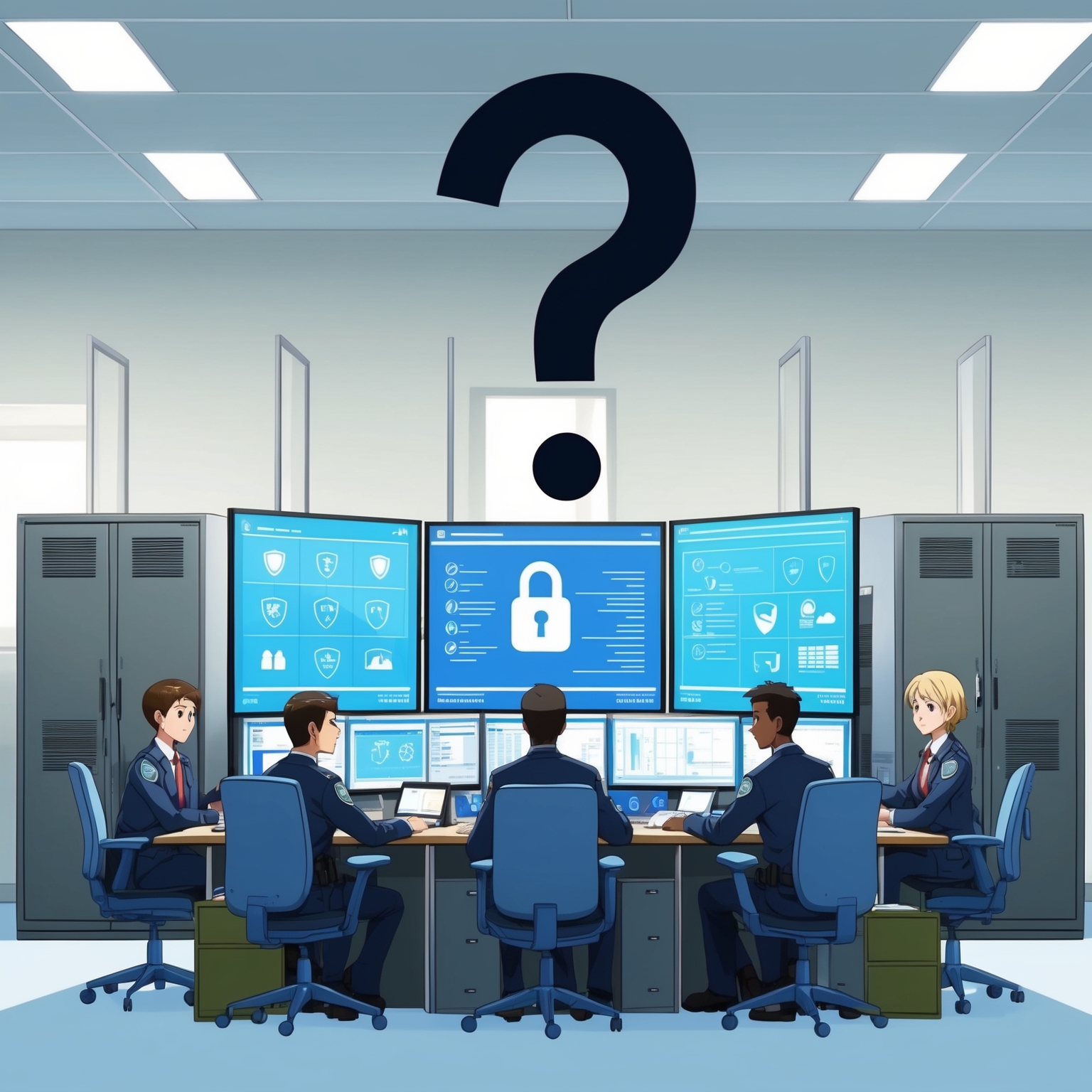Experiencing a zero-day vulnerability firsthand can be a daunting challenge for any organization. A zero-day refers to a previously unknown security flaw that attackers exploit before developers can address it, leaving systems vulnerable until a patch is developed and applied. Witnessing such an event underscores the critical importance of robust cybersecurity measures and swift incident response.
Real-World Examples of Zero-Day Exploits:
Stuxnet (2010): This sophisticated worm targeted Iran’s nuclear facilities by exploiting multiple zero-day vulnerabilities in Windows systems, demonstrating the potential for cyberattacks to cause physical damage.
Log4Shell (2021): A critical vulnerability in the widely used Log4j logging library allowed attackers to execute arbitrary code on affected systems, impacting millions of servers globally.
Microsoft Exchange Server Breach (2021): Attackers exploited four zero-day vulnerabilities in Microsoft Exchange Server, compromising email accounts and enabling unauthorized access to sensitive data.
Immediate Actions Upon Discovering a Zero-Day Exploit:
Activate Incident Response Plan: Initiate your organization’s incident response protocol to assess the scope and impact of the breach.
Contain the Threat: Isolate affected systems to prevent further exploitation and unauthorized access.
Communicate Internally and Externally: Inform key stakeholders, including legal teams, senior leadership, and, if necessary, customers or partners, about the breach and ongoing mitigation efforts.
Engage with Security Communities: Collaborate with cybersecurity experts and organizations to share information and obtain insights into the vulnerability and potential solutions.
Develop and Apply Patches: Work diligently to create and deploy patches or updates that address the vulnerability across all affected systems.
Preventative Measures to Mitigate Future Zero-Day Risks:
Regular Vulnerability Scanning: Continuously monitor systems to identify and address potential security weaknesses.
Patch Management: Maintain an effective patch management strategy to ensure timely application of security updates.
Network Segmentation: Divide your network into segments to limit the spread of potential exploits.
Employee Training: Educate staff on cybersecurity best practices to reduce the risk of exploitation through social engineering.
Advanced Threat Detection: Implement intrusion detection and prevention systems to identify and respond to anomalous activities promptly.
Experiencing a zero-day exploit highlights the necessity for a proactive and layered cybersecurity approach. By understanding past incidents and implementing comprehensive security measures, organizations can better prepare for and respond to these unforeseen threats. To ensure your business is ready for whatever comes next, take the first step by completing our Discovery Form for Virtual CISO services. Let our experts help you identify vulnerabilities, strengthen defenses, and stay ahead of cyber threats.







